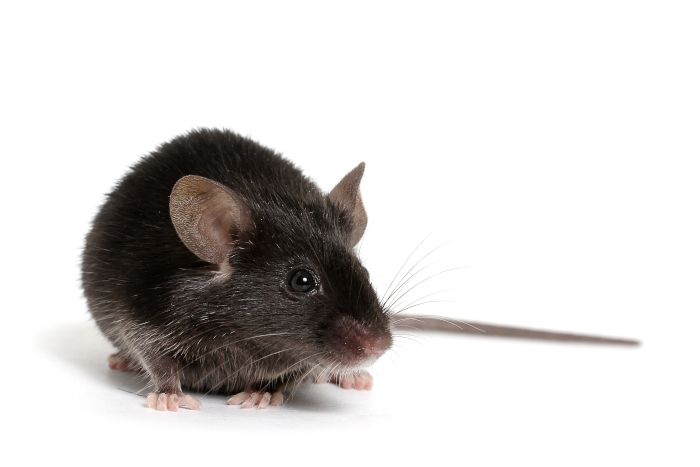The CAG promoter-loxp-stop-loxp-mCherry-EGFP-Map1lc3a-WPRE-polyA expression cassette was inserted into the Rosa26 gene locus by homologous recombination using CRISPR/Cas9 technology. Map1lc3a, also known as LC3, is a widely expressed autophagic vesicle-specific marker. There was no abnormality in heterozygous mice. The presence of the loxp-stop-loxp expression cassette prevented the transcription of the downstream target gene LC3. After mating with Cre mice, LC3 gene is driven by the CAG promoter to express mCherry and EGFP in a pH-dependent manner in phagocytic cells after ischemic injury in the progeny double positive mice. The two co-expressed fluorescent signals vary depending on the acidic environment of the autophagic vesicles within the cell. mCherry is stable in an acidic environment (pKa 4.5), and quenching occurs in the acidic environment (pKa 5.9) of EGFP in lysosomes. In the autophagy vesicles with higher pH, the fluorescence of GFP and mCherry superimposed on yellow fluorescence; while in the lower pH lysosome, EGFP was quenched and only red fluorescence signal was detected. It can be used to label and track LC3 and study the origin, progression and disappearance of autophagy in various tissues after ischemic injury.
Newsletter


